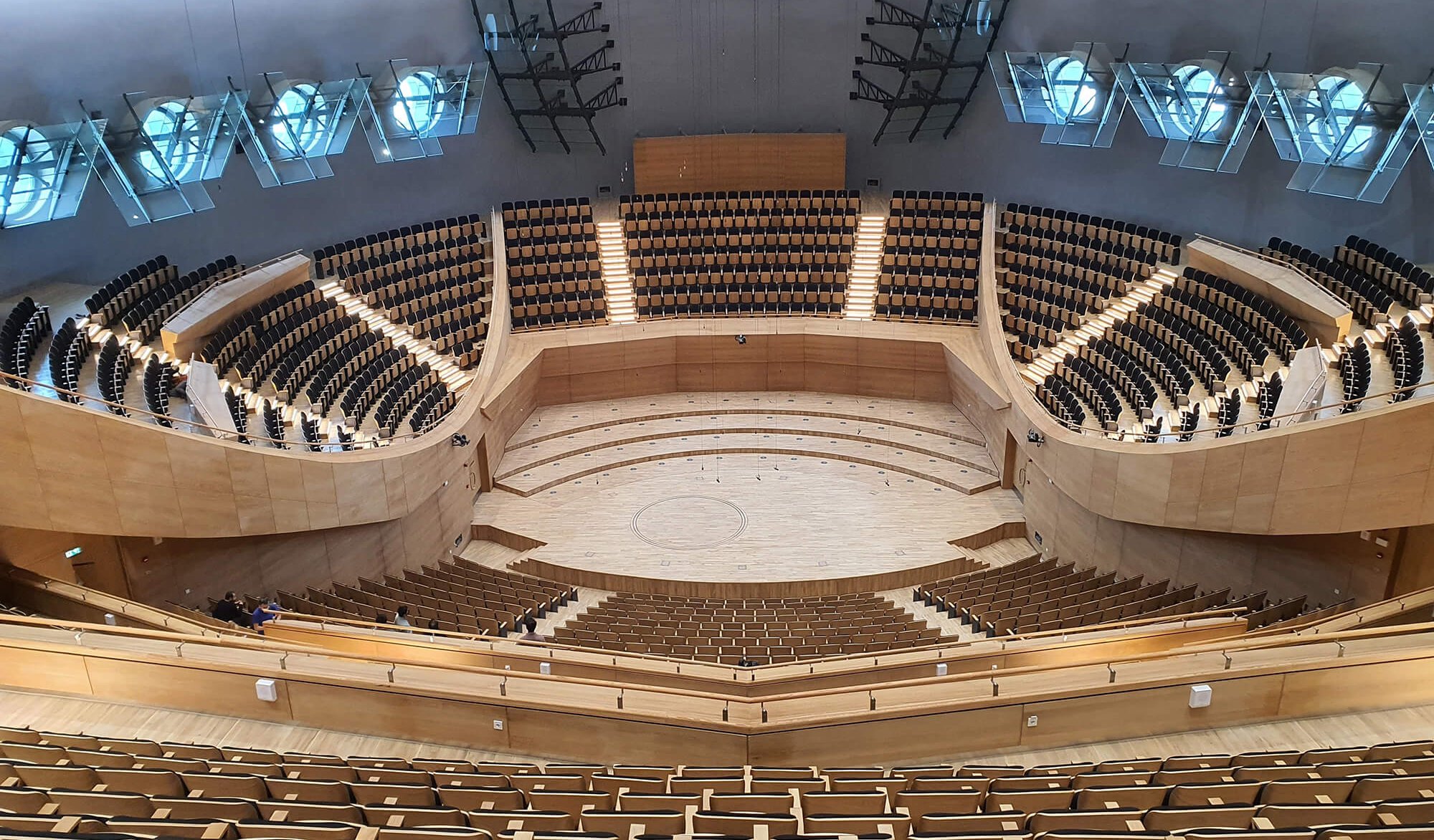
Tour: Brahms – 1
Piemontesi, Fischer
Program
Featuring
Other information
The event is about 3.0 hours long.
About the event
A grim face, a long beard, conservative music – that’s how Brahms lives in many people’s minds. Some do not accept that he wrote the light Hungarian dances, others are amazed that the same composer wrote one of the most extensive and difficult piano concertos in the history of music. It is also quite incredible that after fifteen years of maturing his first symphony, the second was completed in just four months. This time, the BFO paints a cheerful portrait of Brahms, performing two large-scale compositions, each accompanied by a Hungarian dance.
Brahms published the four-hand piano versions of the twenty-one Hungarian Dances in two phases, in four volumes. The author became acquainted with Hungarian Gypsy music via Ede Reményi, especially the csárdás, which inspired the dances Brahms called arrangements. The works were an immediate success, but it was in their orchestral arrangements that they became best known. Only three of these are arranged by Brahms, such as the opening Hungarian Dance No 10. The fast movement marked presto is like a musical flash. The Dance No. 7 after the interval is slightly more measured, playful, and contrasting in tempo. The main stylistic features of both dances are the contrasts and sharp accents.
“I have written a tiny piano concerto with a tiny and charming scherzo”, Brahms wrote about one of the most powerful works of his oeuvre. He started composing the concerto in 1878 and finished it three years later. The world premiere was held in Budapest, conducted by Sándor Erkel with the composer as soloist. The first movement begins, unconventionally, with a single horn instead of the full orchestra, to which the piano responds. The lyrical dialogue is interrupted by an outburst from the soloist, followed by an endless series of musical themes. Brahms then inserts a scherzo – the most tempestuous movement of the work – and only then comes the usual slow movement. This music is characterized by a dreamy cello solo and a move into distant tonalities. The work concludes with an ever-increasing, exhilarating finale.
One of the reasons Brahms set aside the first drafts of the Piano Concerto was to write his Symphony No. 2 in a single summer. The tranquility of the beautiful Wörthersee, the setting of where he composed, is echoed in the music, where the pastoral mood prevails in contrast to the pains of Symphony No. 1. The whole piece is built on the three-note motif in the bass that opens the first movement. The slow movement introduced by the cello brings a few clouds, but the oboe solo over a plucked accompaniment banishes them in the third movement. The finale is some of Brahms’s most liberated music.